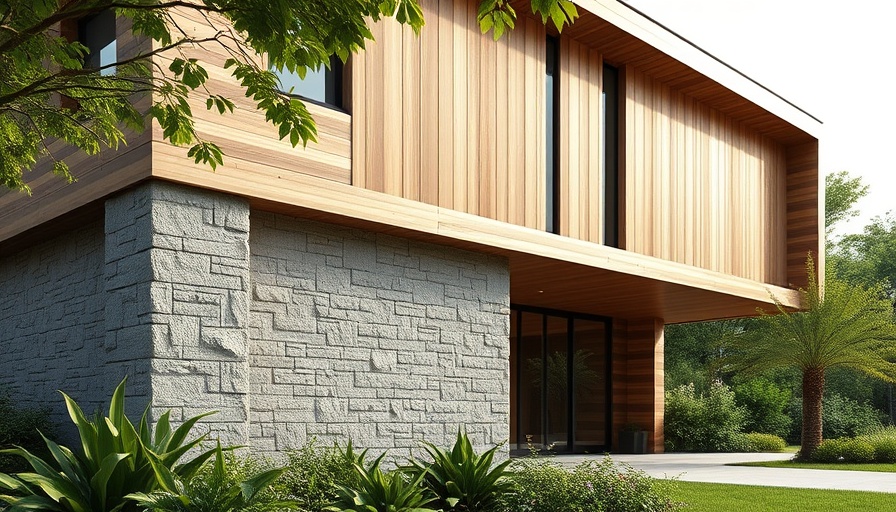
Creating Safe Spaces for Neurodivergent Communities
As society increasingly acknowledges the diverse needs of neurodivergent individuals, innovative architectural solutions are stepping into the spotlight. Recent student projects from Cardiff University showcase how design can foster environments that embrace inclusivity, especially for those transitioning out of educational settings. Among the standout proposals is a community space specifically tailored for neurodivergent individuals, exemplifying how architecture can bridge gaps in social integration and support.
Connecting Design and Social Purpose
The project from Cardiff University isn’t just about creating buildings; it’s about constructing a haven where neurodivergent people can thrive. This space aims to address a pressing need for support beyond the classroom, focusing on providing a sense of belonging and community. It's crafted around understanding the unique challenges faced by neurodivergent individuals, such as sensory sensitivities and social interactions. The architecture thus encompasses thoughtful design elements aimed at enhancing comfort and accessibility, essential for promoting well-being.
Inspiration from Current Architectural Trends
Today’s architects are not just builders; they are storytellers who weave the community's narrative into their designs. The Cardiff project resonates with a growing trend towards socially responsible architecture. By placing emphasis on user experience, similar to trends observed in Carmel and Monterey interior designs, architects are steering away from outdated models. They are harnessing creativity to cultivate spaces that reflect the needs and identities of their users, while also challenging conventional perceptions of functionality.
Lessons from Parallel Projects Around the World
Looking beyond the community space initiative at Cardiff, there are inspiring examples globally where architecture has successfully catered to neurodivergent needs. One of the most notable is the Sensory Room concept, which has gained traction in various communal spaces. These rooms offer a multisensory environment designed to relax and engage users, clearly showing how design can impact mental health and community cohesion.
Future Predictions: The Rise of Inclusive Design
As awareness about mental health and neurodiversity grows, the architectural landscape is shifting towards more inclusive models. Future designs will likely integrate adaptive technologies that cater to diverse sensory experiences, further bridging the gap between neurodivergent individuals and societal acceptance. Cities worldwide may soon adopt architectural guidelines prioritizing inclusivity, ensuring that spaces—be they homes or community centers—are both accessible and conducive to diverse lifestyles.
Call to Action: Your Space, Your Design
Whether you're inspired by innovative designs like those from Cardiff University or the serene spaces in Carmel and Pebble Beach, it’s essential to envision your own ideal living space. Let us help you design, plan, and build your next home or remodel, ensuring it reflects your unique style while offering comfort and functionality. Call 831-521-7729 to get started today!
 Add Row
Add Row  Add
Add 




Write A Comment